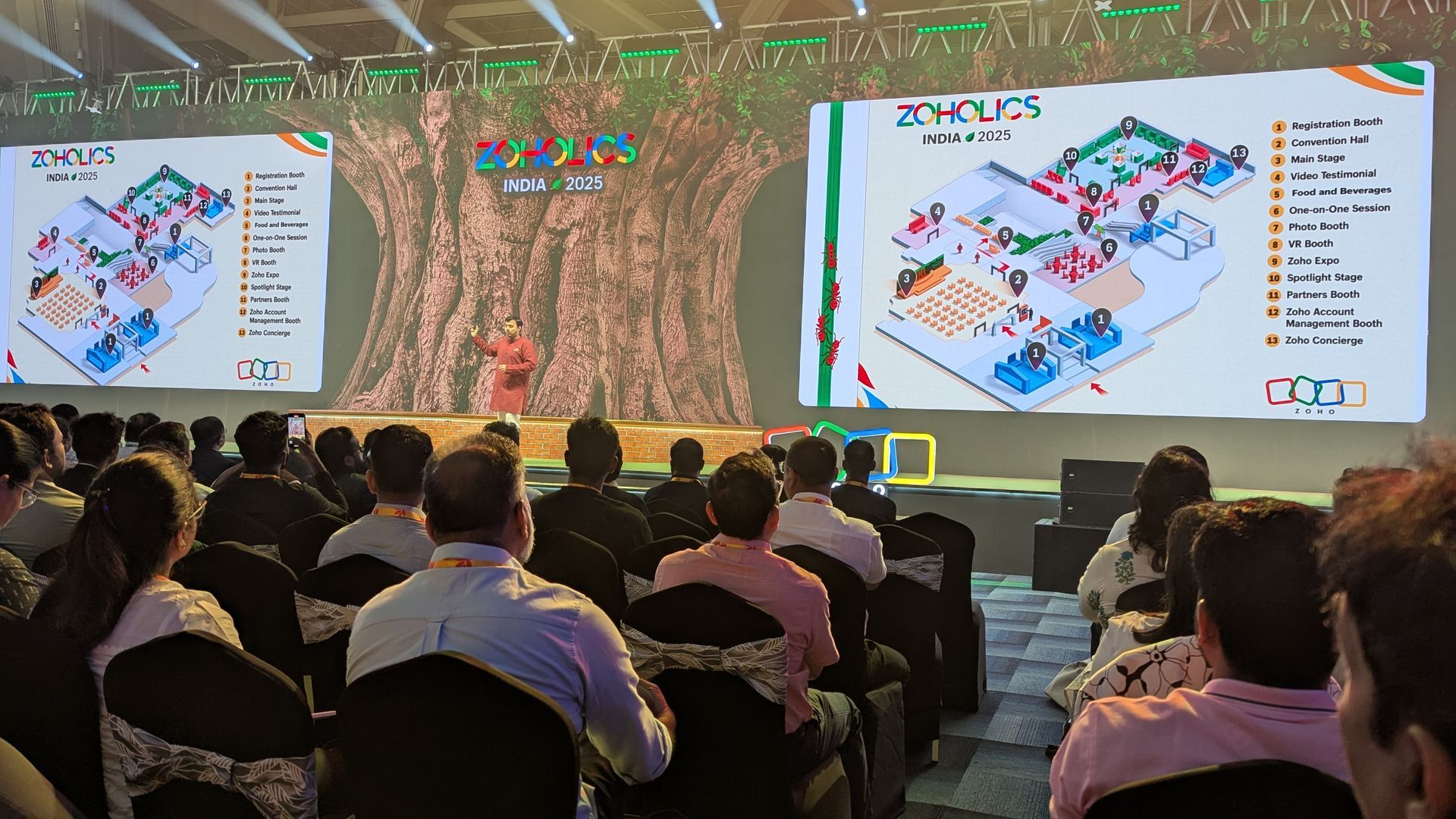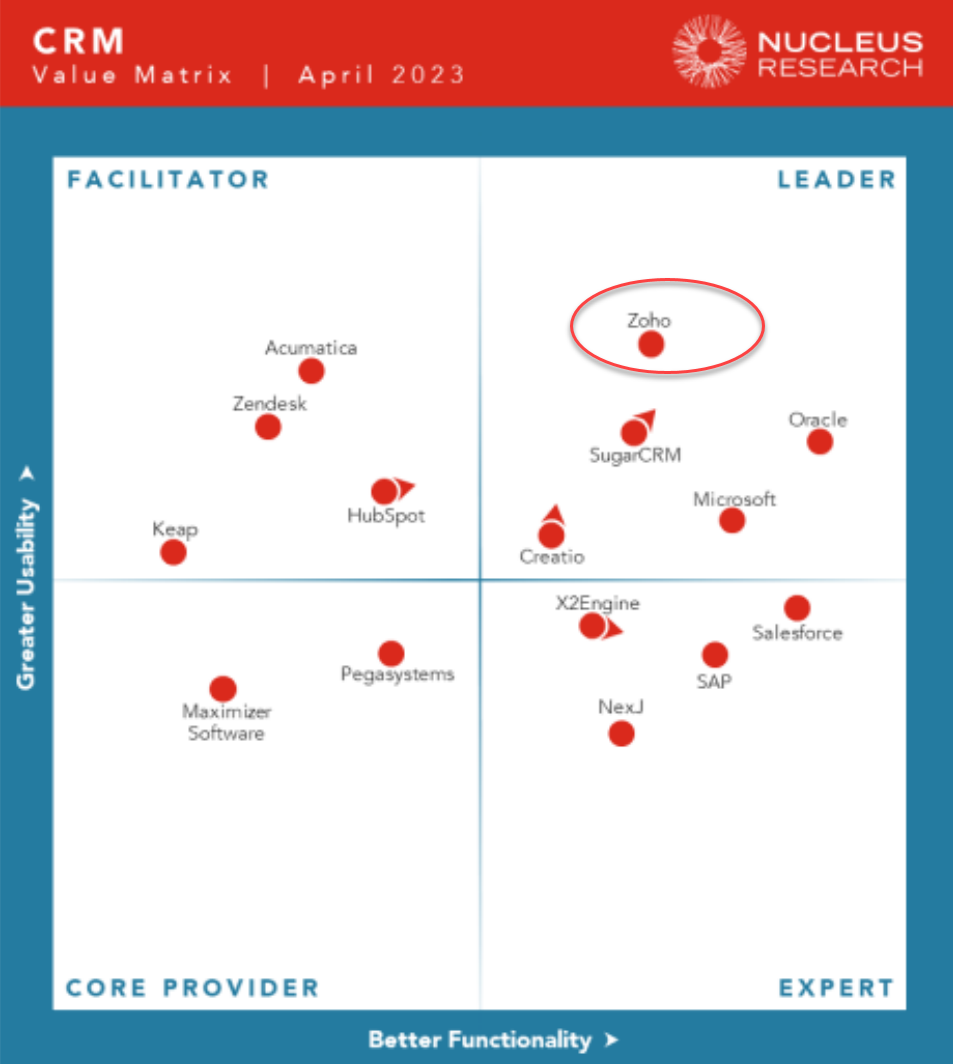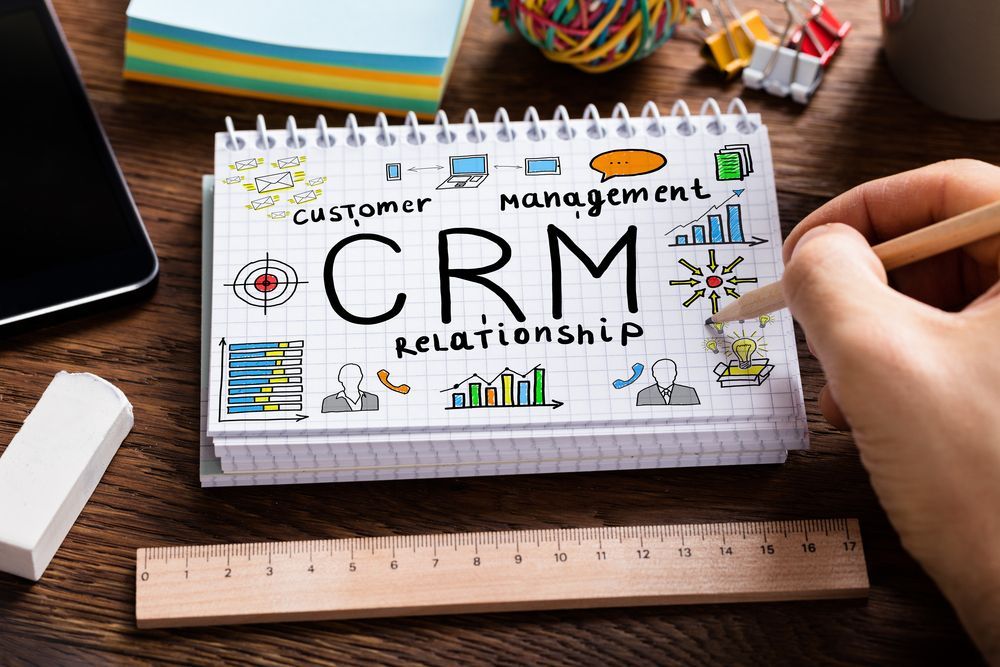How to Calculate ROI for CRM
Calculating your ROI for CRM:
A Comprehensive Guide for B2B Companies
Introduction
CRM (Customer Relationship Management) software has become an essential tool for businesses across the globe. But how can you determine the real value of a CRM system for your B2B organization? This guide explores the different ways you can estimate the return on investment (ROI) from CRM and how to build a convincing business case for CRM implementation.
Part 1: Understanding CRM ROI
ROI is a measure of the profit or cost savings realized as a result of a specific investment, in this case, your CRM software. The ROI from CRM can manifest in several ways, and for B2B organizations, it often includes improved customer relations, streamlined operations, and enhanced decision-making.
Calculating CRM ROI
To calculate your CRM ROI, you first need to understand the costs and benefits associated with your CRM implementation. Here’s a simple formula:
ROI (%) = (Net Benefit / Total Cost) * 100
Net Benefit refers to the total financial gain from the investment, and Total Cost refers to the total cost of implementing and maintaining the CRM software.
Part 2: The Multiple Dimensions of CRM ROI
CRM ROI can come from various areas. Here are a few primary sources and how you can calculate the benefit:
Sales Efficiency: CRM helps streamline your sales process, making your sales team more efficient. It reduces the time spent on mundane tasks, allowing sales reps to focus on closing deals. To calculate this, determine the time saved and the number of additional deals closed as a result of using CRM, and then convert this to a dollar value.
Marketing Effectiveness: CRM provides valuable customer data, enabling better targeting and personalization, thereby improving marketing effectiveness. Measure the increase in conversion rates and the decrease in marketing spend to calculate the ROI from improved marketing effectiveness.
Customer Service Improvement: CRM enhances customer service by providing a unified view of customer interactions, making responses more efficient and accurate. To estimate the ROI from this, look at the decrease in customer churn and the increase in customer satisfaction scores.
Operational Efficiency: CRM automates various business processes, leading to overall operational efficiency. To calculate this ROI, consider the reduction in operational costs and the increase in productivity.
Part 3: Building a Business Case for CRM
The ROI calculation provides a powerful argument for CRM implementation. However, a comprehensive business case should also include:
1. Strategic Objectives: Outline how CRM aligns with your company’s strategic objectives.
2. Implementation Plan: Detail the plan for CRM implementation, including the expected timeline and resource allocation.
3. Cost Analysis: Provide a detailed breakdown of the total cost of ownership of the CRM, including upfront costs, implementation costs, and ongoing costs.
4. Risk Analysis: Discuss potential risks and your strategies to mitigate them.
5. ROI Analysis: Present your ROI calculations to demonstrate the financial benefits of CRM implementation.
Part 4: CRM ROI in Action – Case Studies
There are many case studies that show how CRM can provide incredible returns on investment, and in many ways. Here we are going to show a few that have implemented Zoho CRM and seen some amazing ROI results. Click on the company names to see the full details.
Zoomcar is the leading marketplace for car sharing in emerging markets, with over 20,000 cars on its technology-driven platform across India, Southeast Asia, and the MENA region.
After employing Zoho CRM, Zoomcar has observed a 150% increase in conversion rates, which is directly proportionate to the company's revenue. Bhama notes that the benefits the company has gained represent four times the amount spent on Zoho's product. Among those benefits, 60% amounts to direct, and 40% to indirect benefits, which includes streamlining various internal processes and minimizing human resources.
Display Science Case Study & ROI
A Singapore based company that provides transit/taxi advertising grew 500% in 5 years.
Founder Tony George says, "We haven't explored even 50% of Zoho CRM's functionalities yet, but we feel we have already achieved what we wanted to."
TeleCloud is a hosted Voice over Internet Protocol (VoIP) provider. With Zoho CRM's workflow automation they increased revenue by 30%, without an increase in overhead.
Josiah Salser, Director of Operations at TeleCloud said, "I don't think most companies realize that, yeah, it's going to cost you some money to do this or that with development in Zoho. But understand the benefit that you get back: you're going to grow exponentially. You don't even realize that not having this piece is what's holding you back.”
Conclusion
Investing in a CRM solution like Zoho CRM is a strategic decision that can offer significant returns for your B2B organization. By understanding the various sources of ROI and how to calculate them, you can build a strong business case for CRM implementation.
Remember, the ROI from CRM extends beyond monetary value—it's also about better relationships with your customers, efficient operations, and more informed decision-making. When you approach it from this perspective, you'll see that the ROI from CRM is indeed invaluable.
If you need assistance in preparing a business case or calculating ROI, don't hesitate to contact Microsell for assistance and advice.
Sources:
1. [Gartner: CRM Strategy and Implementation Guide]
2. [Forrester: The ROI of CRM]
3. [Zoho CRM Success Stories](https://www.zoho.com/crm/case-studies.html)
Here are examples of how CRM can create ROI:
These examples illustrate the comprehensive value that CRM can bring to a business beyond just sales and marketing.
1. Increase sales conversion rate due to improved sales processes and better qualification of leads.
2. Save time on administrative tasks through automation, allowing salespeople to spend more time with customers.
3. Streamline marketing efforts by segmenting customers based on their interests and behavior, leading to increased conversion rates.
4. Reduce customer acquisition costs by retaining existing customers through improved service.
5. Increase up-sell and cross-sell opportunities by identifying customer needs more accurately.
6. Lower costs by automating repetitive tasks, freeing up employees to focus on more value-added activities.
7. Decrease sales cycle length by having a more organized sales process.
8. Boost customer satisfaction by providing a personalized customer experience.
9. Enhance customer loyalty by responding to customer needs more effectively.
10. Increase customer retention rate through proactive customer engagement.
11. Improve forecasting accuracy, helping better production and inventory management, thereby reducing costs.
12. Enable more targeted marketing campaigns, reducing marketing wastage and improving ROI.
13. Increase revenue through better identification and targeting of high-value customers.
14. Decrease in missed opportunities due to lack of follow-up or lost customer information.
15. Improve data quality, leading to better decision making.
16. Provide a 360-degree view of customers, enabling better service and increased sales.
17. Enable quicker response to customer inquiries, improving customer satisfaction and loyalty.
18. Simplify the sales process, making it easier to train new salespeople.
19. Improve team collaboration, leading to increased productivity.
20. Reduce churn by identifying at-risk customers early.
21. Increase referral rates by providing exceptional customer service.
22. Enhance upselling and cross-selling by understanding customer preferences.
23. Improve brand reputation by providing a consistent customer experience.
24. Track and measure marketing campaign performance to improve over time.
25. Reduce costs through centralized customer data management.
26. Increase email campaign open and click-through rates through better targeting.
27. Improve alignment between sales and marketing teams.
28. Reduce response times in customer service, increasing customer satisfaction.
29. Streamline and automate customer support, reducing support costs.
30. Enable self-service portals for customers, decreasing the load on customer support.
31. Increase repeat purchases through targeted offers and loyalty programs.
32. Minimize revenue leakage by identifying and addressing issues early.
33. Improve quote-to-order time by automating the quoting process.
34. Decrease onboarding time for new sales reps with a well-structured sales process.
35. Increase deal size by providing salespeople with information to upsell or bundle products.
36. Lower cost per lead by improving lead qualification processes.
37. Enable mobile CRM access, leading to increased productivity for field salespeople.
38. Reduce data redundancy and errors by maintaining a single source of truth for customer data.
39. Increase customer engagement through personalized communications.
40. Improve decision-making speed by providing real-time data and insights.
41. Enhance customer lifetime value through improved relationship management.
42. Gain better control over sales pipeline management, leading to more predictable revenue.
43. Automate report generation, saving time and providing timely insights.
44. Provide better post-sales support, leading to higher customer retention.
45. Enable upselling during customer support through better understanding of customer needs.
46. Reduce inventory costs by improving demand forecasting.
47. Improve data security, leading to reduced risk and potential fines.
48. Reduce time to market for new products through better customer insights.
49. Increase ROI on trade show participation by improving follow-up processes.
50. Improve project management efficiency by tracking tasks, time, and resources.











